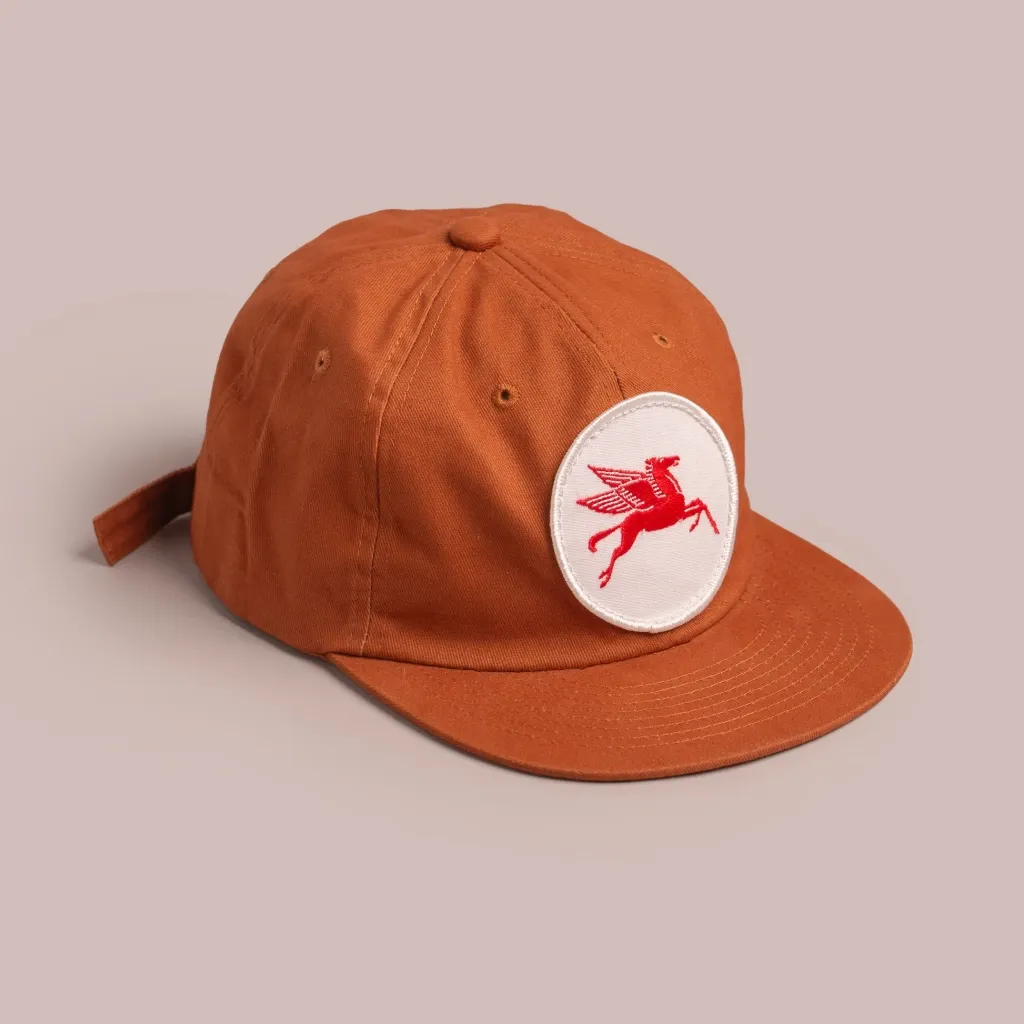Mobil Gas Patch Logo History
The story of Mobil beings all the way back in 1870 with the Standard Oil Company. Standard Oil was the largest petroleum company in the world at it's peak. It's founder John D. Rockefeller was one of the most wealthiest American's of all time. Standard Oil dominated the industry through refining at first, and then with vertical integration expanded into other production and logistics around gas.
By 1890, Standard Oil controlled 88 percent of the refined oil flows in the United States. Standard was subject to an anti-trust lawsuit that saw the monopoly dissolved in 1911 by the Supreme Court. It was split into 34 different companies. One of which was SOCONY which eventually became Mobil.
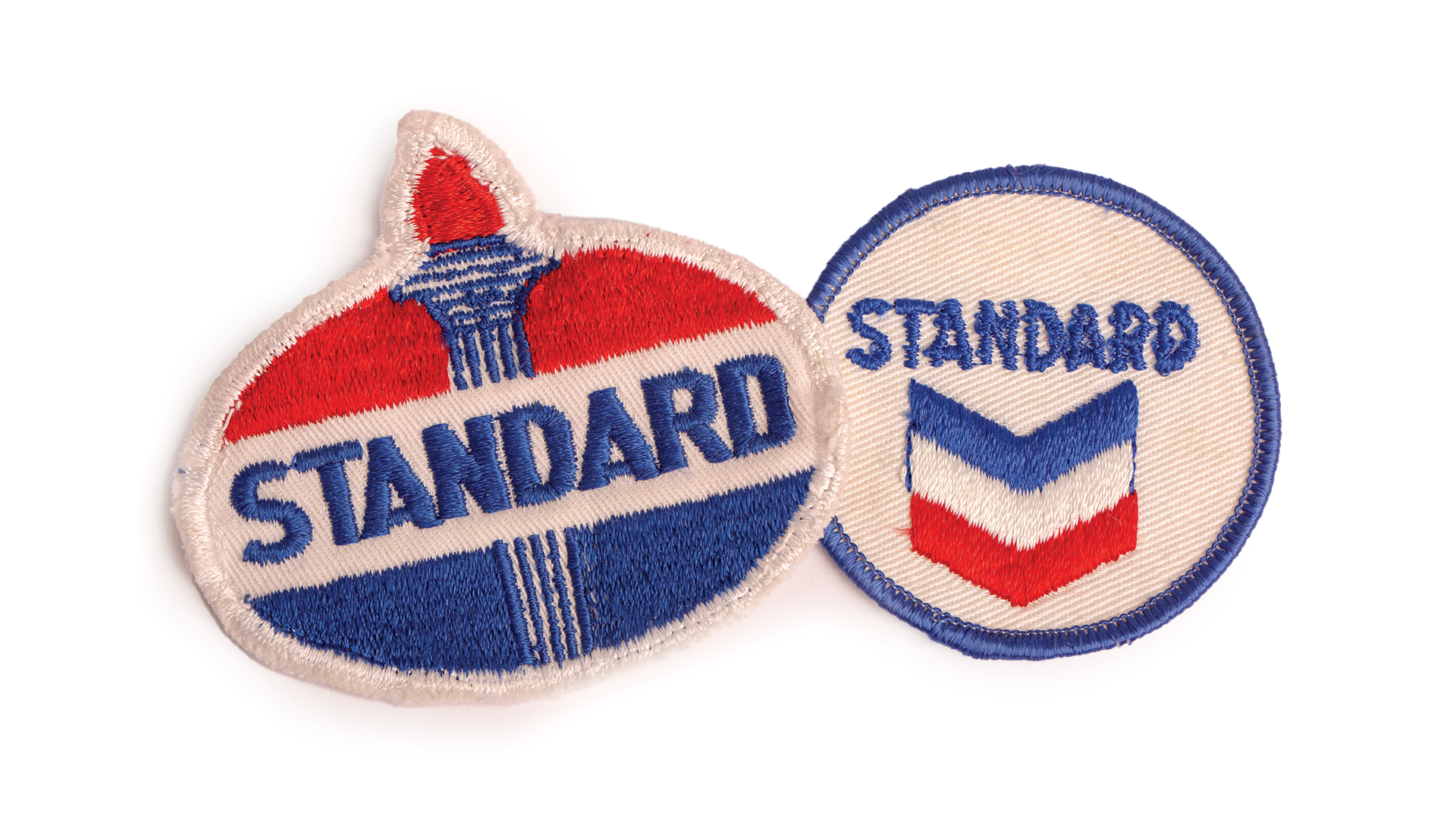
SOCONY
Built out of the anti-trust lawsuit, in 1931 the Standard Oil Company of New York and Vacuum Oil company merged to become Socony-Vacuum. You see this company name on a lot of vintage Mobil items of the era.
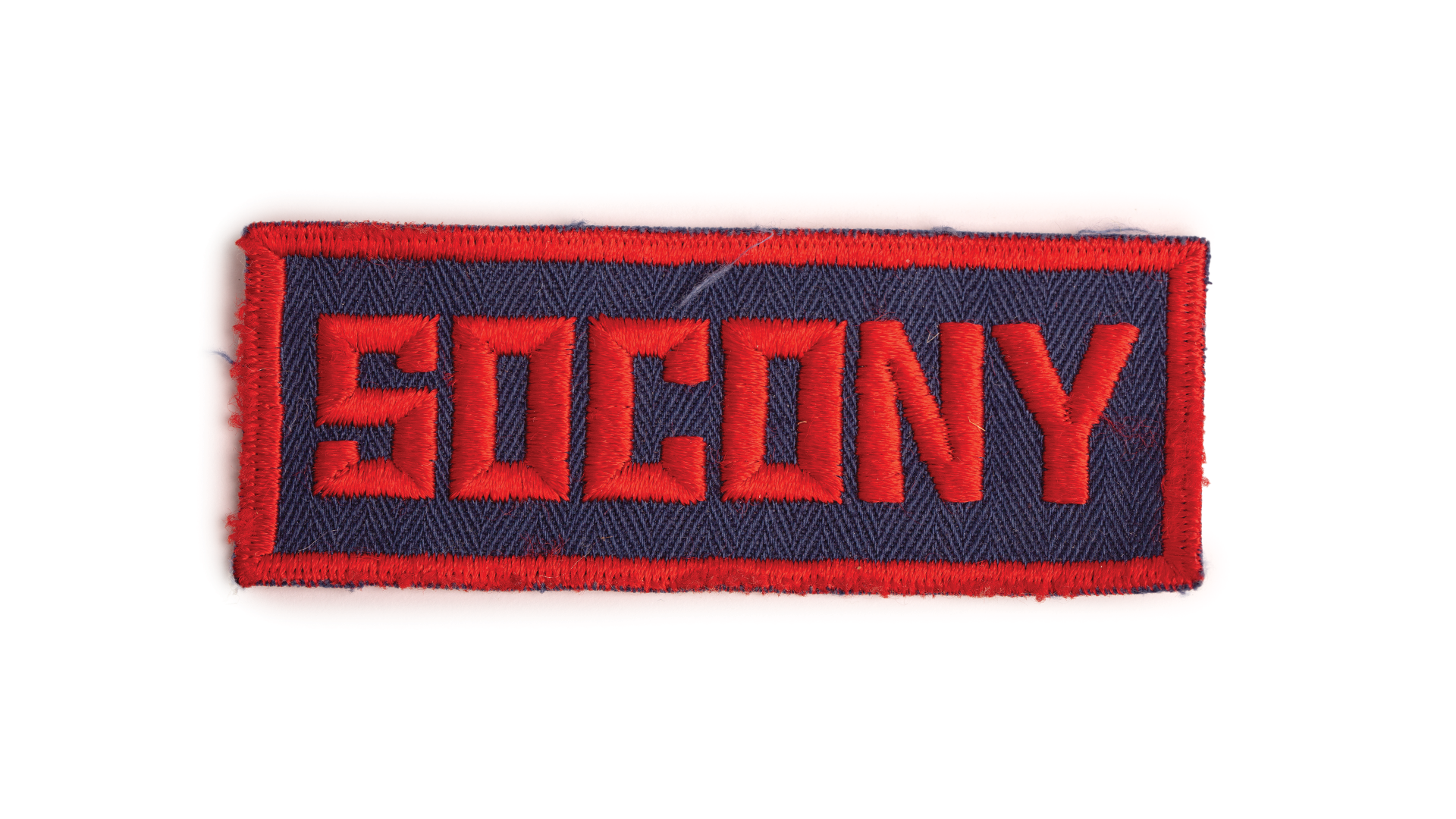
Mobil Pegasus
One of the most iconic gas images is the Mobil Pegasus. The flying red horse was first used by Vacuum Oil in South Africa in 1911. In 1931, when Vacuum merged with Socony, the red Pegasus – a symbol of speed and power – was adopted as its U.S. trademark. In 1968, Mobil adopted new-look Pegasus service stations.
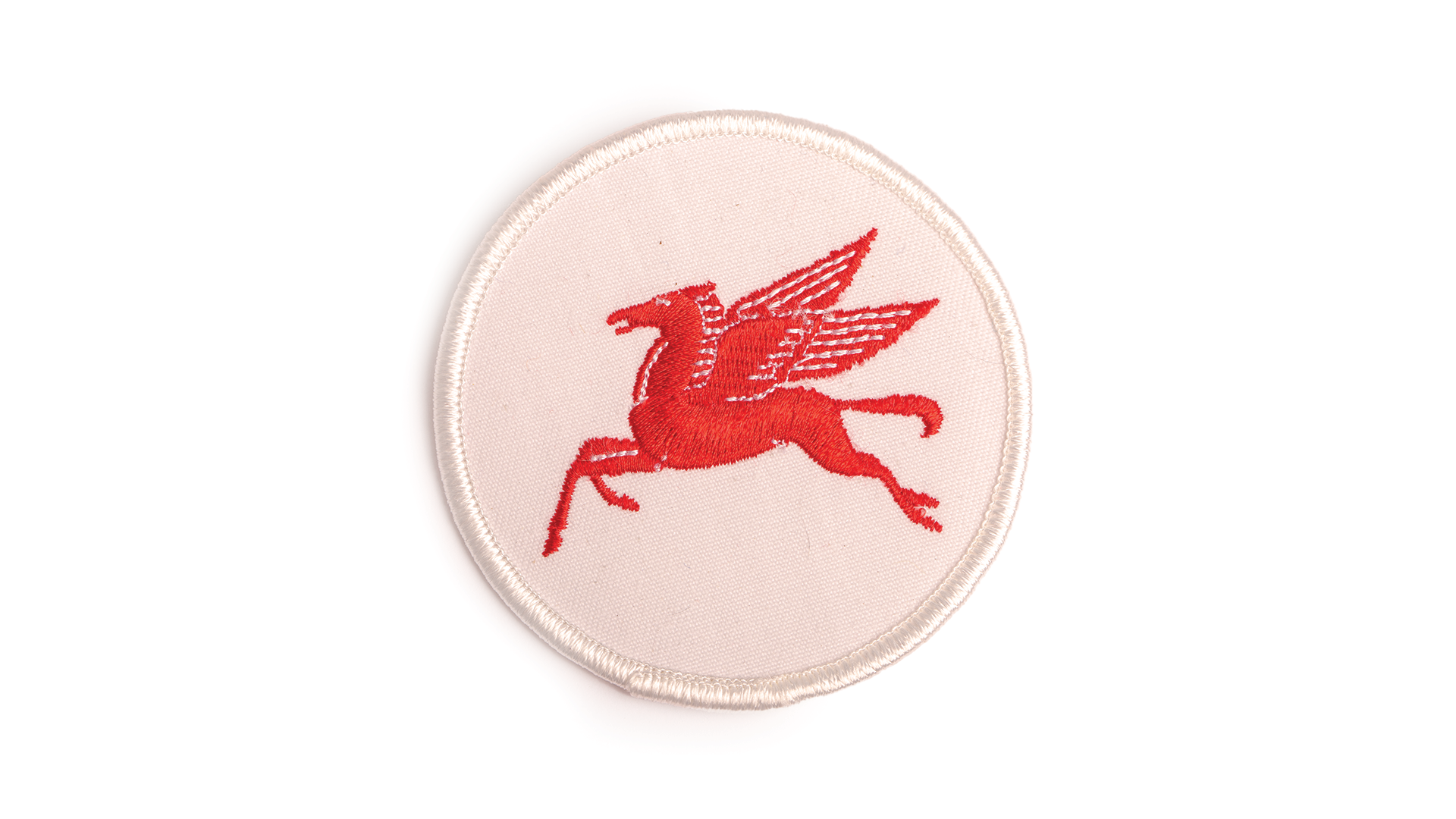

1955-1966
When the company adopted the renowned brand name “Mobil,” it embarked on a transformative journey that included unveiling a fresh and dynamic logo design infused with a vibrant blend of blue and red hues. It adopted a sleek rectangular shape at its upper end and gracefully tapered into a pointed formation at the bottom.
At the heart of this design was the majestic Pegasus, in a striking shade of crimson, symbolizing power and grace.
Complementing this image was a wordmark in a blue sans-serif typeface that communicated the brand’s modernity and professionalism. This logo displayed Mobil’s commitment to progress and innovation.
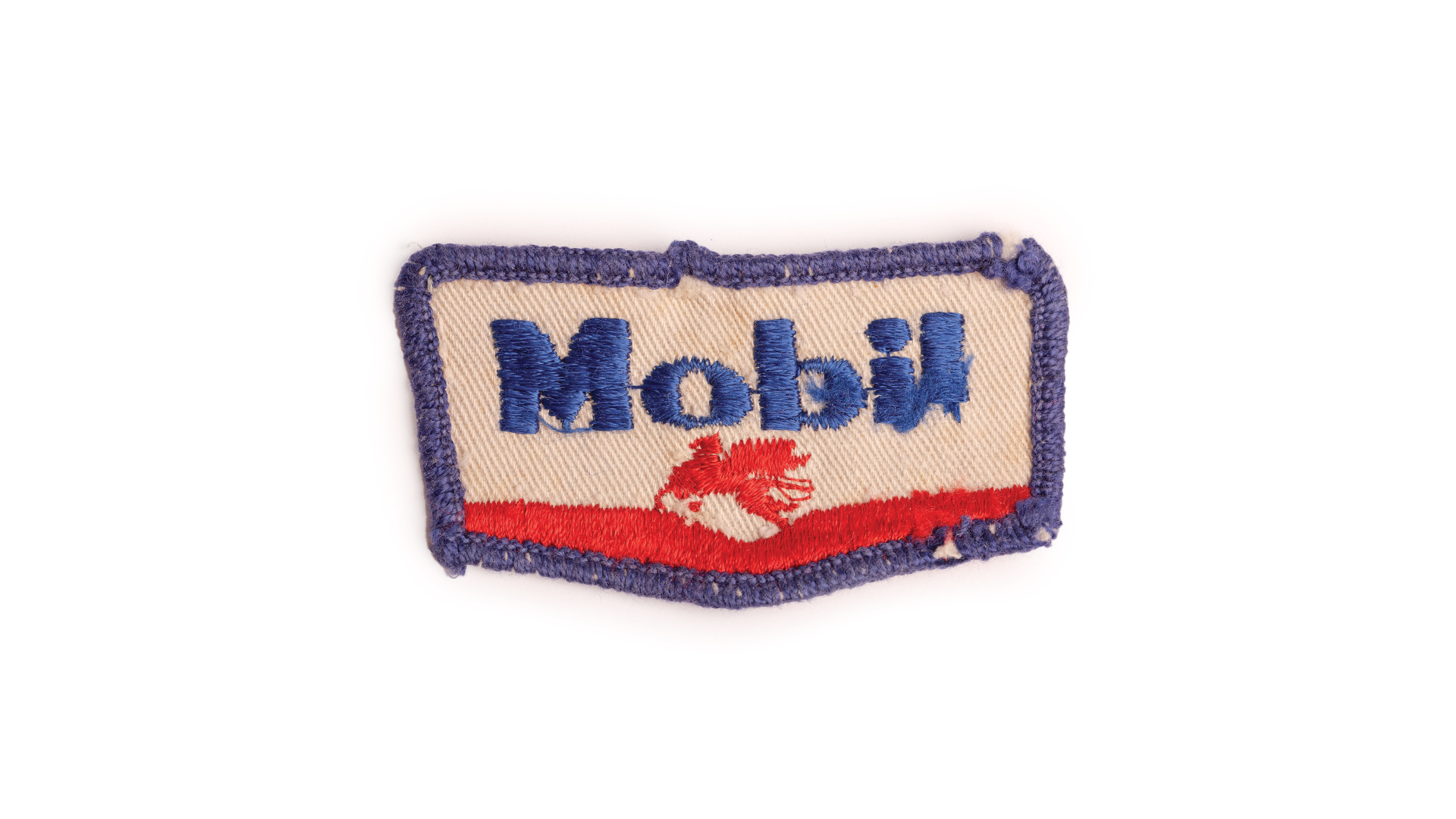
1964 Modern Logo
In 1964 design agency Chermayeff & Geismar desigend the Mobil logo we see today.
The idea of the red O reinforces a design concept to use circular canopies, pumps, and display elements for a distinctive and attractive look. It also serves to help people pronounce the name correctly (Mo-bil, not Mo-bile), and of course to add a single memorable and distinctive element to an otherwise very simple lettering style. At the same time, the redrawn flying red horse is placed at a large size on the service station building itself.
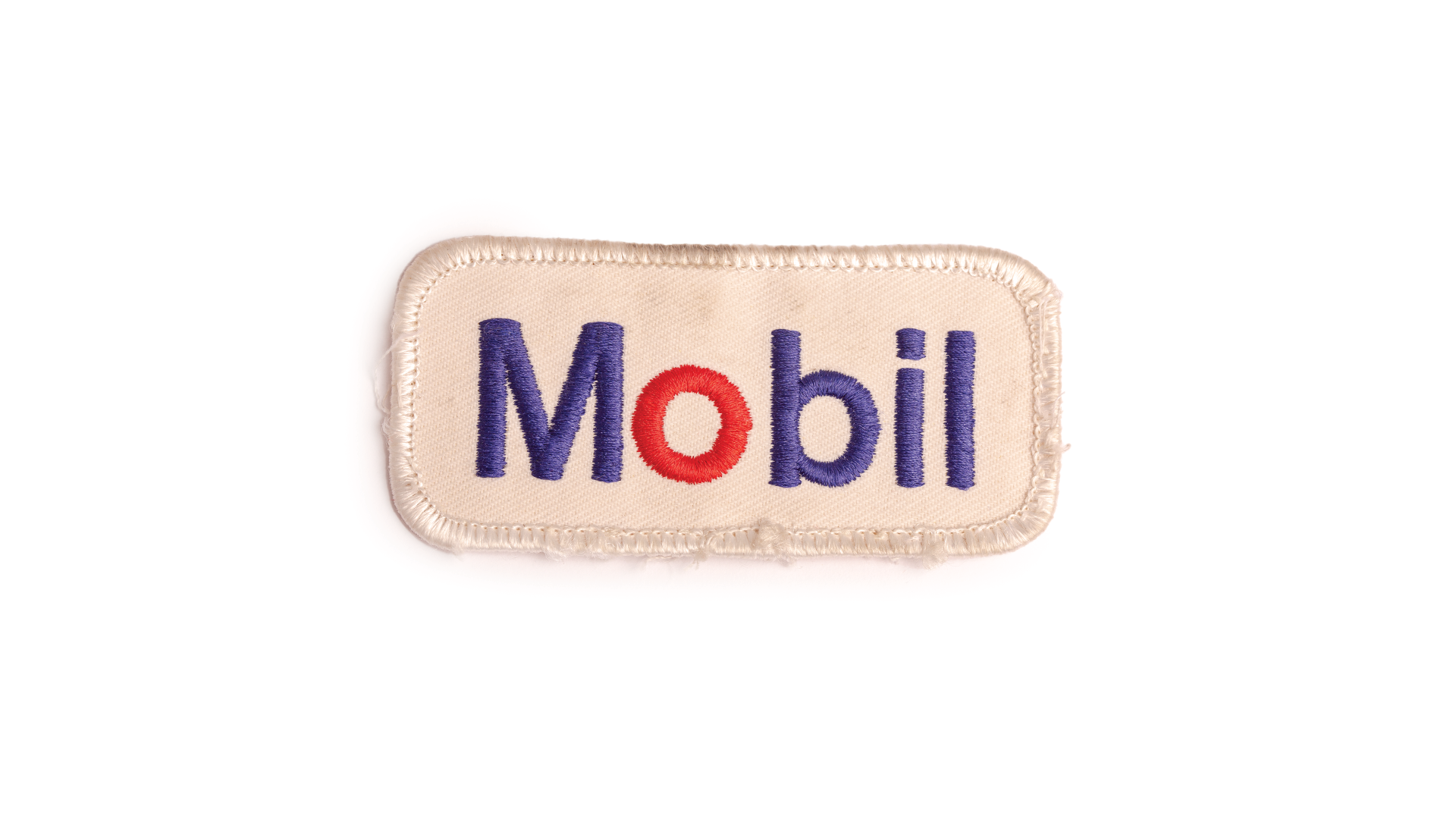
Mobil 1
Mobil 1 is one of the largest sub-brands from the Mobil company. It was introduced in 1974 as the first fully synthetic motor oil. The history of Mobil 1 can't be stated with talking about their integration in motorsport racing.
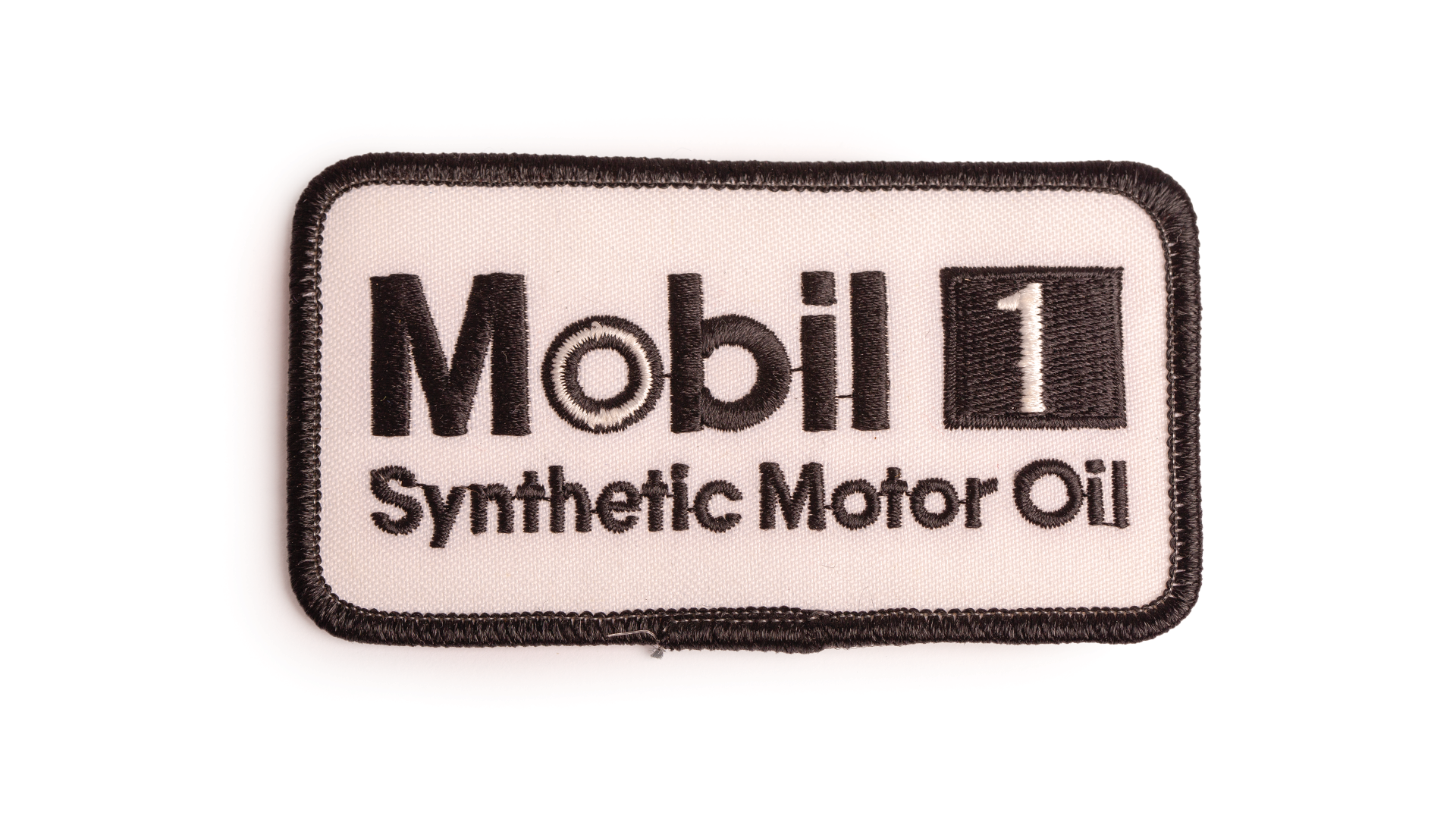
The history of Mobil 1™ in motorsport dates back to the early 1970s, competing in rallying; however their involvement in racing became more official in 1978 through sponsorship of the Williams Formula 1™ team and the 1987 sponsorship of Rusty Wallace’s No. 27 car in NASCAR®. From that time, the presence of Mobil 1™ on race tracks and circuits has grown to global proportions. Today, Mobil 1™ synthetic oil is relied on for its ability to deliver exceptional engine performance and protection even under some of the most extreme conditions. Automotive technicians, race car drivers, team owners and the world’s leading automotive manufacturers can all testify to the advanced technology delivered by Mobil 1™ lubricants.

Shop for Mobil Caps
